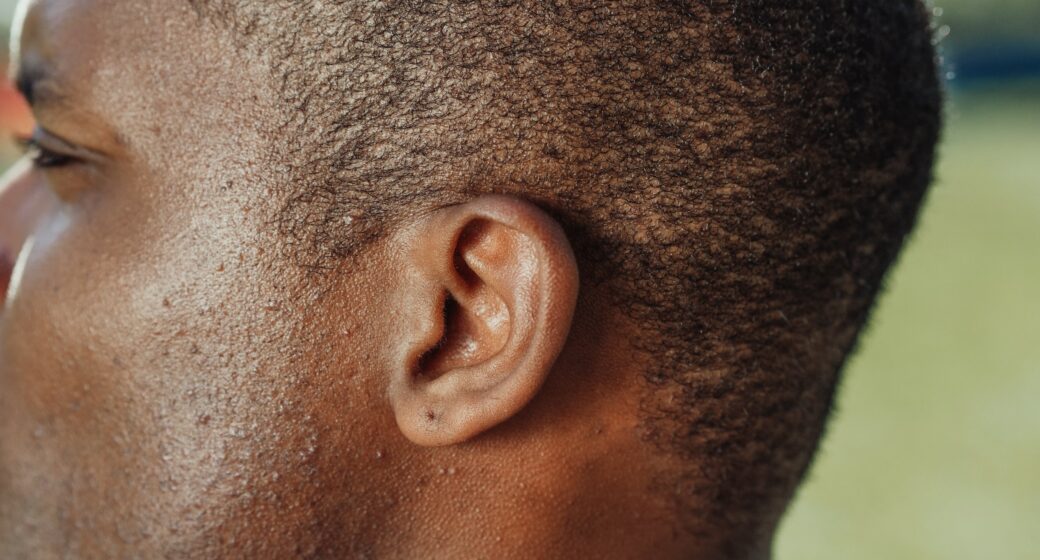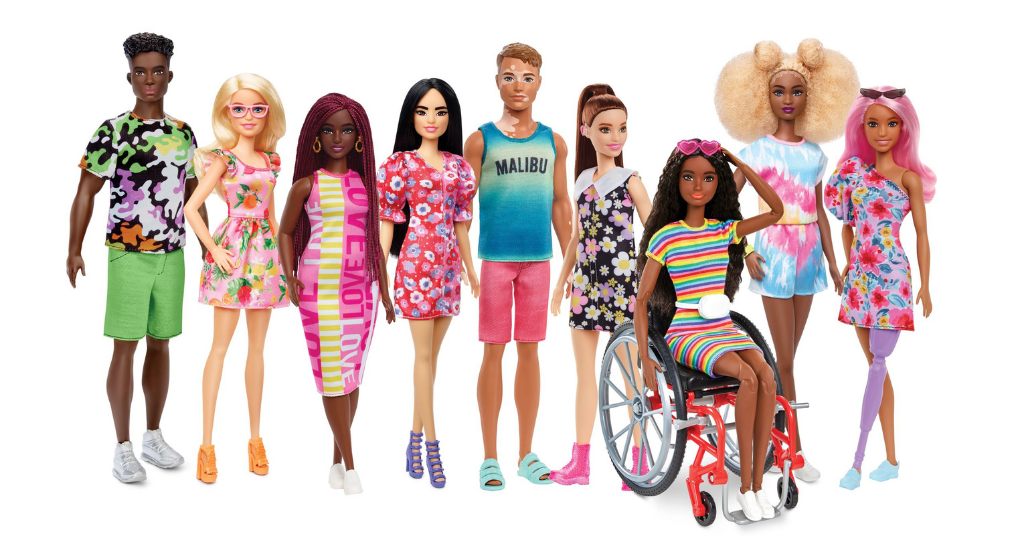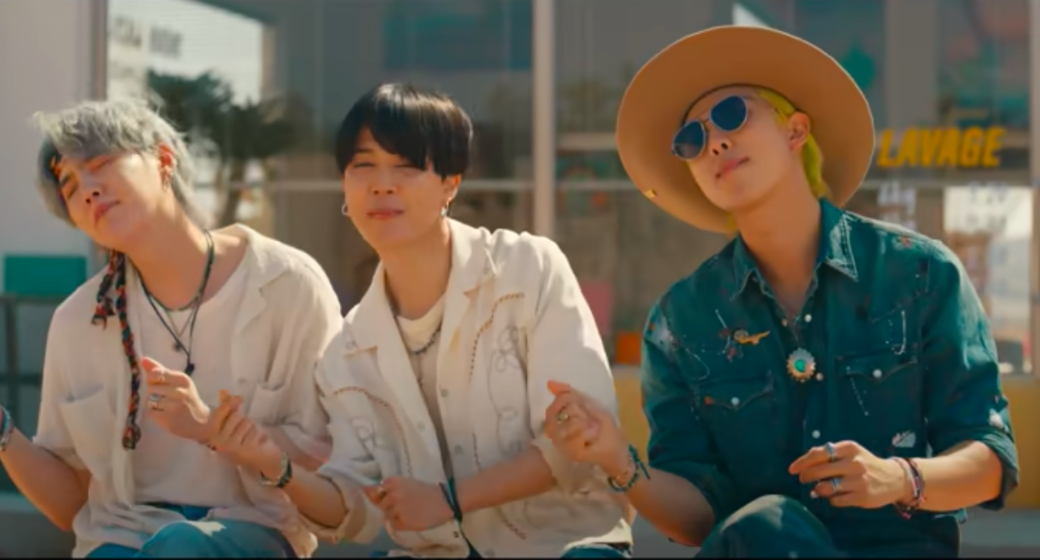
How to organize your child’s hearing loss information
September 16, 2020
Maintaining social life during the pandemic with hearing loss
September 18, 2020LEGO adds minifigure with a hearing aid

LEGO building bricks have been around for 62 years. In addition to the classic versions, popular culture sets like Star Wars, Stranger Things, Harry Potter, and Frozen are available. Several years ago, LEGO unveiled the first minifigure with a disability: a person in a wheelchair.
Now, people who wear hearing aids also have a LEGO minifigure they can relate to.
LEGO minifigure with a hearing aid

When asked what prompted the minifigure with hearing loss, LEGO said they understand the importance of representation in toys. They want every one of their fans to imagine themselves as part of the action.
“We are committed to developing our LEGO City sets in a way that ensures they are representative of the world in which children are living,” LEGO says. “Therefore, we will continue to include minifigures that portray people with diverse ages, professions, genders, and characteristics.”
The Evolution of Accessible Toys
LEGO’s first minifigure with a disability — a boy in a wheelchair — was released in 2016.
Three years later, Mattel added three Barbie dolls with disabilities to their line of Fashionista Barbies, according to The Mighty, including two dolls who use manual wheelchairs and one with a prosthetic leg.
When it comes to hearing loss, in 2005, Build-a-Bear introduced a hearing aid accessory for its stuffed animals, thanks to the efforts of Janice Lintz, mother of a hard of hearing child and founder of Hearing Access & Innovations. She also battled Mattel, who at the time refused to add hearing aids to American Girl. Lintz was told that if they added hearing aids, they’d need to add insulin pumps.
Lottie Dolls became the first global toy brand in 2017 to release a fashion doll with a cochlear implant. Mia, a wildlife photographer, can be purchased through Amazon UK.
Earlier this year, American Girl also released a “Girl of the Year” doll, Joss Kendrick, who wears a hearing aid.
Read more: American Girl releases first doll with hearing loss
Campaigning for Inclusivity
Developing toys that encourage inclusivity and accessibility has been a big topic in recent years, largely due to a viral campaign by ToyLike Me. The not-for-profit organization creates art and design projects to start playful conversations about disability, while encouraging and consulting the toy industry to better represent children with disabilities. ToyLikeMe, which was established by Rebecca Atkinson, who is partially deaf and partially sighted, also aims to educate and engage the public.
“We started our campaign for more positive representation of all disability in toys and children’s media,” a representative with ToyLikeMe says. “We made over toys to show them how it could be done. These included deaf, visually impaired, wheelchair user, etc.”
In 2015, ToyLikeMe made an image of three Duplo figures with disabilities. The image was printed onto postcards. Children were asked to write to LEGO, asking them to be made. ToyLikeMe says they also sent them to LEGO’s head of design.
“We are really pleased that we are beginning to see more representation,” ToyLikeMe says. “We want to see characters with disabilities pop up across all children’s media, just like they pop up in real life.”
ToyLikeMe hopes that LEGO doesn’t stop here.
“[We] think the culture of disability representation is higher on their agenda now, as it should be – but not high enough!”



